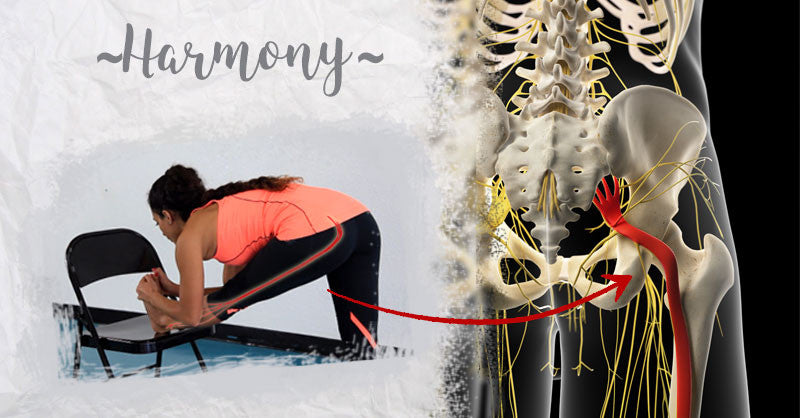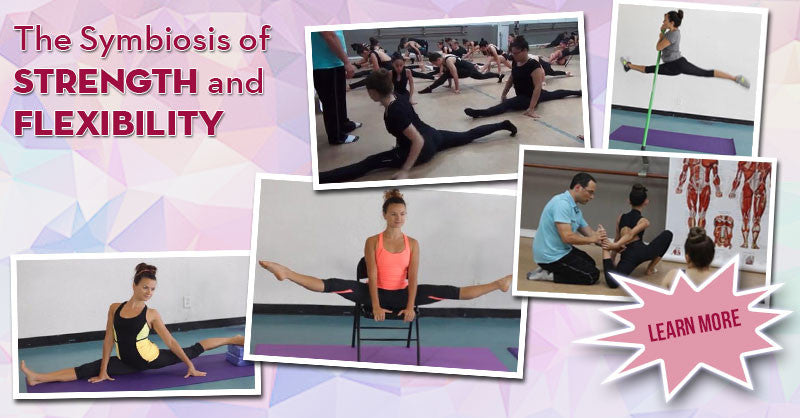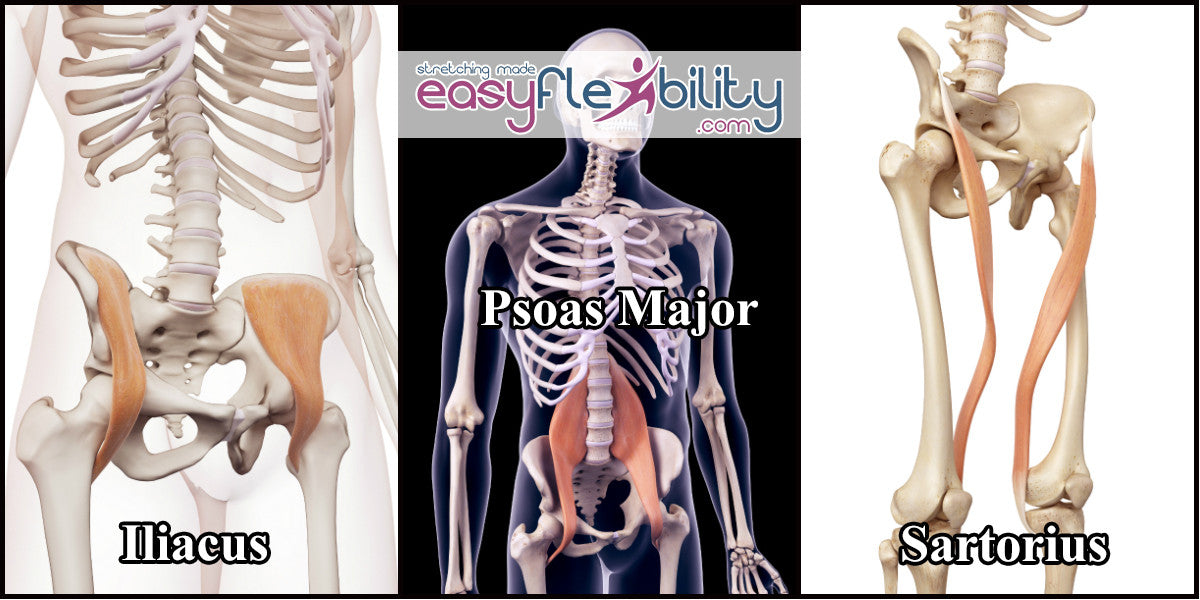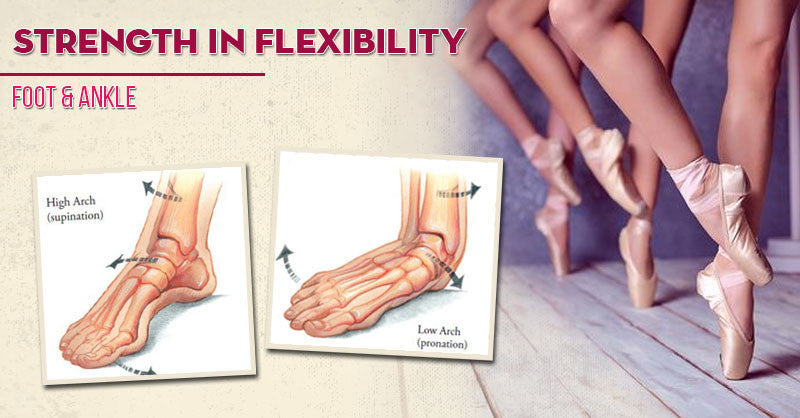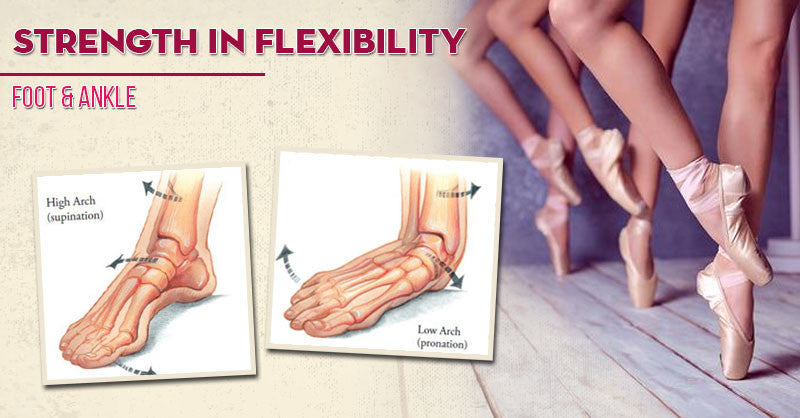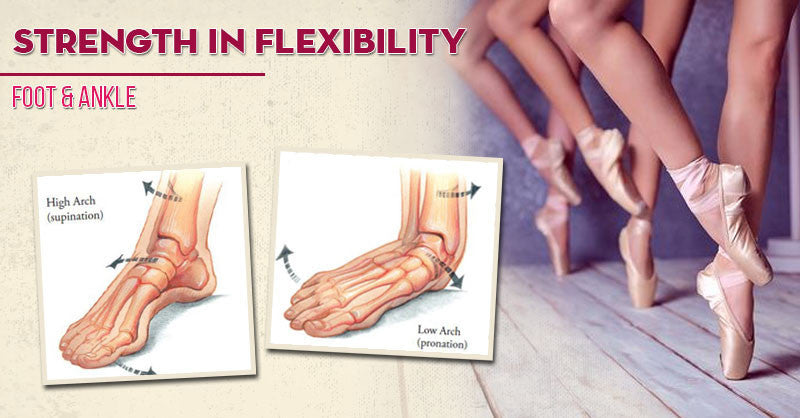True Front vs Open Front Splits
Posted by Paul Zaichik on
"Everyone who can do a squared Front Split, can also do the one with the Turn Out. " It's a common assumption, but it's not always true.

In practice, some people can only do the True (Squared) Front Split. Other People can only do the Open (Turned Out) Front Split. Some can do neither and some can do both.
The flexibility requirement is different for each split, in terms of individual muscle groups. (In the Online Splits Certification Seminar, we actually have one of the Case Study Classes, showing how to adjust and convert one of the splits into the other, taking advantage of the flexibility that students already have).
So let's take a look at the reasons why someone who can do a True Front Split and can't do a Turned Out One.
To turn the rear leg out several medial rotators, which also flex the hip, must be stretched extra. In other words, only these muscles are stretched through the hip extension, but now also through lateral rotation.
These muscles are:
- All Adductors (Adductor Brevis, Magnus, Longus and Gracilis)
- Tensor Fascia Latae
- Pectineus
Of course Zaichik Stretching Techniques, Isolate each muscle and quickly lengthen in. (One of the unique qualities of the ZST.)
What about someone who can do an Open Front Split and wants to Get the Hips Squared?
The following muscles don't have to be as flexible in an Open Front Dancing Split, and thus need to be dealt with to "convert" it to the True Front Split.
- Lateral Hamstsrings
- Psoas
- Iliacus
- Sartorius
(Rectus Femoris is a weak lateral rotator, but it's kept long through straight knee).
(Deep Lateral Rotators of the hip, may prevent proper position of the front hip, if they are very tight).
Armed with this information, you can now easily target the needed muscles.
© ElasticSteel Corp., EasyFlexibility, Paul Zaichik, et. El., 2022. No part of the materials available through ElasticSteel.com, EasyFlexiiblity.com, site may be copied, photocopied, reproduced, translated or reduced to any electronic medium or machine-readable form, in whole or in part, without prior written consent of Paul Zaichik EasyFlexibility.com, Elasticsteel.com.. Any other reproduction in any form without the permission of Paul Zaichik EasyFlexibility.com, Elasticsteel.com is prohibited. All materials contained on this site are protected by United States copyright law and may not be reproduced, distributed, transmitted, displayed, published or broadcast without the prior written permission of Paul Zaichik, EasyFlexibility.com, Elasticsteel.com.
Share this post
- Tags: dancing splits





